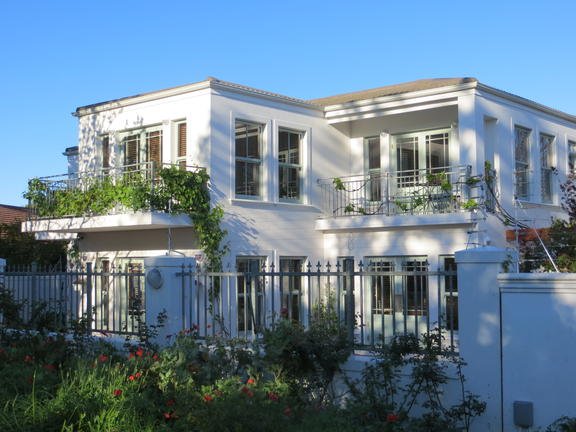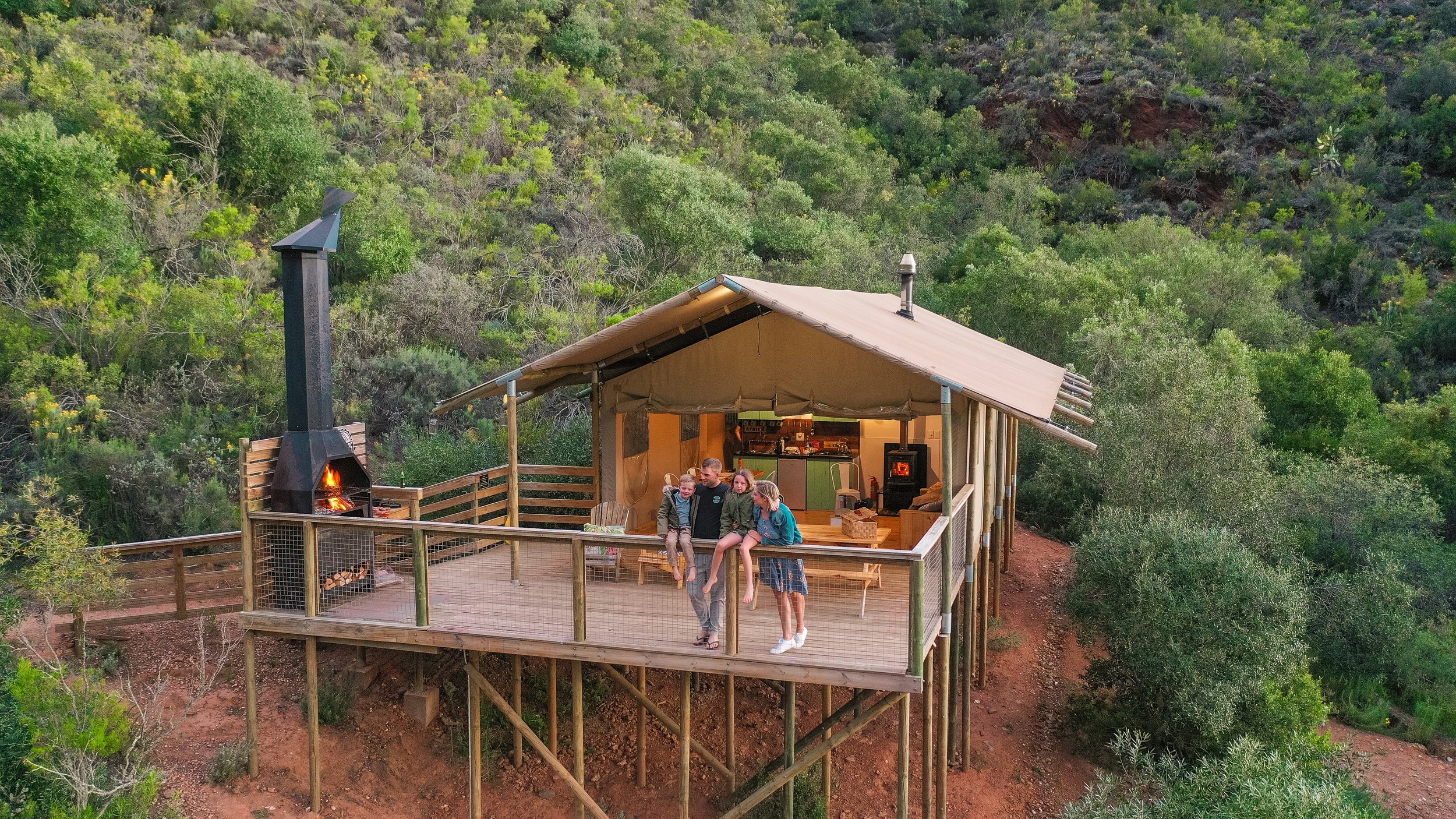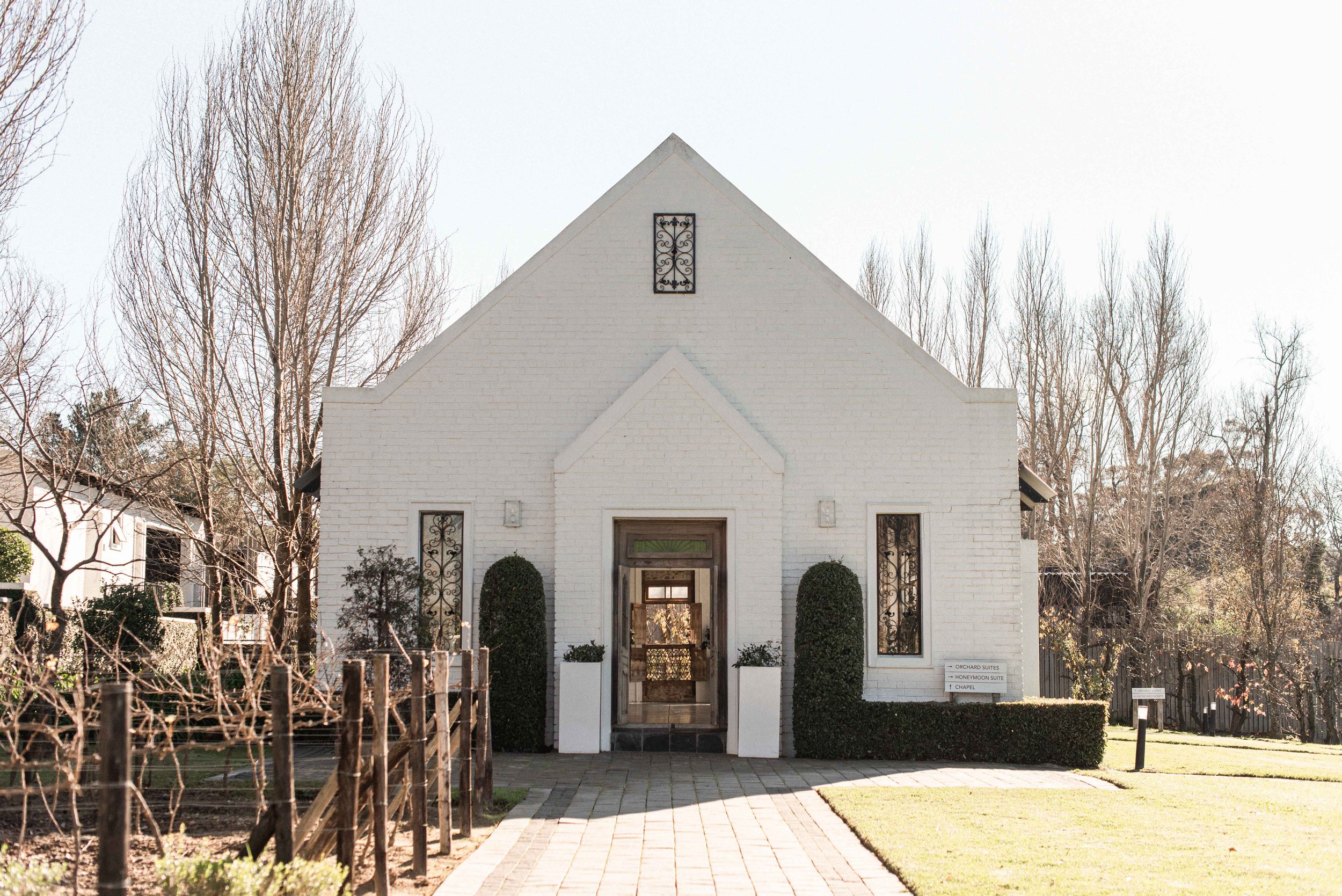A Complete Guide to the Cape Winelands
Written by Zeldi Smulders
The Cape Winelands reside in a series of valleys and due to the area’s biodiversity, you will find everything from fynbos to the marvellous countryside to admire. This area yields celebrated South African wines and supplies them to the world. But you can witness it for yourself. Wine down 😉🍷(pun intended) and discover a complete guide to the Cape Winelands.
Get familiar with viticulture (the study of grape cultivation) in this beautiful, romantic setting called the Cape Winelands. The wine tourism in South Africa is booming and they’re doing it right with the largest number of Fairtrade certified wineries in the world. As a rule, you will find red wines like Shiraz, Merlot, Pinotage, and Cabernet Sauvignon. White wines include Chenin Blanc, Chardonnay, and Sauvignon Blanc. With the perfect balance between nature, architecture and culture, everyone can keep a little bit of the Cape Winelands in their hearts.
Location
South Africa’s Winelands extend from the coast to the Klein Karoo, including the Garden Route, Overberg, and the West Coast areas. You will even find wine routes in the Northern Cape and KwaZulu-Natal. But it all started many years ago in what is now known as the Cape Winelands. The Cape Winelands are located in the Western Cape province, with Stellenbosch, Franschhoek, Paarl, Tulbagh, and Wellington being some of the pillars of this region.
The environment is ideal for producing wine as the special soil conditions affect the wine grapes. The most common of these soil types are the reddish-brown soils found along the lush mountain foothills. Supreme for growing grapes, the Mediterranean weather consists of hot, dry summers and cold, wet winters.
How to get there
Most of the best-known destinations of the Cape Winelands are reachable from Cape Town International Airport with a 30 minute to 2-hour drive, depending on where you want to go. Your travel options include self-driving by renting a car or by making use of public transport like buses, and chauffeur services like Uber.
If you are staying in the Western Cape area you can always opt for day trips to the various Cape Winelands locations. Don’t forget that Cape Town also has some remarkable wine shops and tasting rooms within the city itself.
Best time to go
In April, when autumn comes, the grapevines turn from green into deep, clay-coloured hues ranging from red, orange, yellow, and brown. This is then followed by winter, which is also the rainy season. Fresh leaves emerge in the springtime of September, and then summer exhibits gorgeous overgrown green foliage. The harvest season for the wine vineyards is at its peak in February and continues until March.
What to do
Apart from the obvious reason to visit the Cape Winelands, you will also find other features that will satisfy your senses with a range of activities that come along with it. Even the locals can’t get enough of this area!
Main attractions
In an area called the Winelands there will of course be a few must-know wine routes to visit and they are so extensive that some even have sub-routes. While you are there you might as well get familiar with some commonly used terms:
A wine route is used to tour a string of various wineries that are open to the public for tastings and purchasing wines, and a winery is a place where wine is made and it can include vineyards, warehouses, laboratories, and tasting rooms.
Starting with the ones that are closest to Cape Town, Constantia and Durbanville, let’s head down the numerous wine routes of the Cape Winelands:
The Constantia wine route
With wine farms dating back to the 1650s, this area is famous for its dessert wines and will simultaneously treat you with world-class sauvignon blancs. Here you will find traditional homesteads as well as new boutique wineries. This route is ideal if you are staying in Cape Town and you want a first-class wine experience that’s less than a 30-minute drive from town.
The Durbanville wine route
Found in the Tygerberg Hills as you drive roughly 30 minutes from the city centre to the urban rim of Cape Town, this route presents Sauvignon Blanc as their signature wine. If you want to feast at country kitchens or experience hospitality in the form of fine dining, you are on the right path.
The Stellenbosch wine route
About a 45-minute drive from Cape Town, Stellenbosch has the oldest wine route in South Africa with over 140 wine farms and a history extending over 300 years. This region was also the first to establish a recognized wine route and you can even discover 5 sub-routes with their own unique wine styles and climates. This area is especially known for its Cabernet Sauvignon and Chardonnay.
Did you know?
The Pinotage is a South African creation and Stellenbosch is its birthplace. This signature South African cultivar is a cross between Pinot Noir and Cinsault and was created in the year 1925.
The Franschhoek wine route
Just over a 1-hour drive from Cape Town, you will find this French-influenced town with celebrated food and wines to choose from. This area is especially famous for its sparkling, Champagne-inspired “Cap Classique”.
Taking the Franschhoek Wine Tram to explore the wine routes is a popular option for many - it’s fun, convenient, and time-efficient for any visitor. Other areas it visits include Cape Town, Stellenbosch, Paarl, and Strand. If you take this open-sided wine tram you will have wine stops along different routes as well as hop-on/hop-off options so that you can choose where you want to go.
The Paarl wine route
Drive only about 45 minutes from Cape Town to historic cellars in the area where they created the first white Pinotage in the world. You can enjoy a glass of Shiraz as the speciality wine of the area, but there’s so much more in and around Paarl. On this route, you will also find the popular, internationally distributed wine of Fairview, as well as KWV (Ko-operatiewe Wijnbouwers Vereniging van Zuid-Afrika), the largest co-operative wine cellar in the world with award-winning wines, spirits and liqueurs.
The Wellington wine route
About a 1-hour drive from Cape Town, this pretty as a picture fynbos route is small and close-packed, making it easy to reach the different cellars. Meet the winemakers and listen to their stories as you are surrounded by not only wineries but also various fruit orchards, olive groves, and buchu plantations.
The Worcester wine route
Discover wine and olive estates after you have driven about 90 minutes from Cape Town to Worcester. In this valley, there is a deep appreciation for food and wine and so there are many bistros and restaurants to choose from. They also have a reputation of great value for money, so get ready to purchase some of your favourite local products.
The Breedekloof wine route
Just over a 1-hour drive from Cape Town, you will find the off the beaten track Breede River valley, with not only wine but also craft gin and beer to suit all your tasting preferences. Even though it is the youngest wine route, this area still has a lot of history of farming families and traditions, and you can learn more about it at small boutique wineries or larger estates.
The Robertson wine route
The 2-hour drive from Cape Town will be a scenic experience as you work your way to a country-life town called Robertson. With the intimate feeling of a smaller region, this area is celebrated for its Chardonnay, Cabernet, and Méthode Cap Classique, and they have something for everyone’s taste, even sweet dessert wines.
The Tulbagh wine route
Take a 90-minute drive from Cape Town to indulge in Shiraz, Pinotage, or bubbly in the countryside with a view of mountain peaks all around you. In this valley, you will find an assortment of wine locations, from older family-owned estates to newer micro-producers with boutique wineries and modern cellars.
Activities
The wine estates are well worth visiting as the hosts go to a lot of trouble to make guests feel welcome. These estates usually have well-kept gardens and some even have wildlife inclusions to amplify the African experience. While some have a modern design, many are Dutch-inspired farmsteads, hamlets and villas. The wine estates and surrounding areas have a variety of activities to keep you busy:
Wine tasting
First, you gather at a cosy spot where the wines you are tasting are presented to you. The server will talk about things like the name of the wine, the year of production, and the flavour profile. Don’t worry if you do not have extensive wine knowledge. Sniff the bouquet, talk about the earthy undertones… or don’t. These tastings are designed so that all can enjoy, from the wine enthusiast to the casual wine drinker. And don’t think it stops at wine, because the gin, beer, and brandy tastings are just as enjoyable.
If you have something different in mind, there are non-alcoholic drink options available at most wineries. Curious about what happens behind the cellar doors? You can even get a guided tour and see the winemaking process.
The wine tastings can be paired with almost anything you can dream of, like chocolate, nougat, ice cream, cheesecake or cupcakes. If you don’t have a sweet tooth, you can always try the pizza or biltong (South African dried, cured meat) pairings. Still, with everything on offer, the most popular pairing item is cheese, from Camembert and Brie to Feta, Blue Cheese, and goat milk cheese. Some unusual pairings consist of drinking wine while looking at hand-picked photographs or listening to selected music.
Picnicking
Many of the wine estates offer picnic experiences with picnic baskets prepared especially for you. Find out what is available and book ahead. Of course, this can be enjoyed with your selected bottle of wine.
Historical tours
Take part in historical tours where you can visit museums and monuments, and learn more about South African history and how many of the wineries originated. You can even download self-guided audio tours to escort you along the way.
Go outside
It’s not all sitting down and tasting wine (but if you prefer that, we don’t blame you). Get out in nature with activities like horse riding, birdwatching and golfing. If you want to get active, there are routes for hiking or mountain biking to get you going.
Where to stay
You have a wide range of options between mid-range self-catering accommodation, exclusive villas on and around the various wine estates, and other guest houses, hotels, and campsites that come with views of vineyard landscapes and mountain backdrops.
Accommodation
Basic
Stay in a family-friendly bed and breakfast with well-appointed rooms in Stellenbosch. A sun terrace, a pool, and barbeque facilities will be just what you need after a day of exploring the Winelands.
Stay in elegant rooms in the Paradyskloof Valley where you can look at Simonsberg, the Stellenbosch Mountain, and Helderberg Mountains from your private balcony or sip a glass of local wine at the guesthouse’s swimming pool.
AfriCamps at Pat Busch Mountain Reserve
Stay in glamping tents right outside Robertson in a reserve that showcases green valley vistas and a variety of wildlife. Go from lounging on a wooden deck to trekking the fynbos trails and watching the diverse birdlife.
Mid-level
Stay in the town of Stellenbosch in a restored Victorian-style guesthouse and declared national monument built in 1904. Enjoy the convenience of the central location with its elegant rooms and mosaic pool.
Stay in fully equipped rooms in Stellenbosch’s Devon Valley. Choose between the estate’s honeymoon suite, vineyard suites, or orchard suites with private decks and access to the pool.
Stay in a charming guesthouse surrounded by vineyards and located near Stellenbosch Golf Course. Enjoy the view from your private balcony, take a dip in the pool or relax in the reading room.
Fancy
Stay in the Stellenbosch historic centre while being close enough to walk to the town’s best restaurants, bars, and shops. With the best of traditional and modern, you won’t regret staying in this guesthouse’s classically decorated en-suite bedrooms.
Stay in uniquely themed rooms on the Louisvale Wine Estate just outside of central Stellenbosch. Delight in the fireplaces, pool and outdoor decks, or go take hikes and walks in the surrounding area.
How to include the Cape Winelands in your South African adventure
The Cape Winelands start close to the airport, so you don’t have to go far to enjoy a taste of the good life. Whether you are staying in the city centre of Cape Town or the outskirts, you can easily incorporate this into your trip. If you are coming from a different part of South Africa you don’t want to miss the chance to experience this popular space. We recommend planning for 2-3 days of experiencing the Cape Winelands, but if you are in the area you can always include a few more activities during your trip.
Insider tips
Book estate visits and wine tastings ahead to avoid disappointment, especially if you are travelling in a large group.
Don’t rush the tastings. Plan enough time to savour it. Rather than trying to visit as many wineries as possible, make the most of the ones you can visit.
Do not drink and drive. Assign a designated driver, use services like Uber, or join an organised wine tasting tour that’ll get you where you need to go.
Always pack sunscreen, hats, and sunglasses for the time spent outside, which will hopefully be a lot.
We also recommend checking out our list of 12 pioneering Black-owned wineries and wines in and around Cape Town.
With the complete package of wine, mesmerizing views, inspiring culture, and outdoor activities, the Cape Winelands has something for everyone. There are plenty of wine bottles waiting to be opened! Don’t miss this unforgettable experience - book your trip now.


















